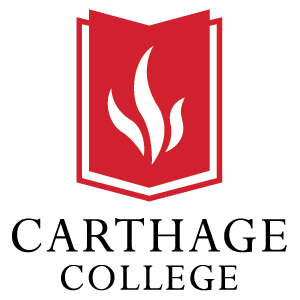Below is a summary of the abstract you submitted. Presenting author(s) is shown in bold.
If any changes need to be made, you can modify the abstract or change the authors.
You can also download a .docx version of this abstract.
If there are any problems, please email Dan at dar78@pitt.edu and he'll take care of them!
This abstract was last modified on April 20, 2015 at 4:59 p.m..

Throughout the course of the 2014-2015 Phage Hunters course, 15 novel mycobacteriophages were isolated. Two siphoviridae mycobacteriophages were chosen to be sent for sequencing based on the quality and quantity of DNA that was obtained from them. Bartholomew, a temperate, cluster P mycobacteriophage was isolated from a soil sample and had a genome with 46,484 base pairs and defined physical ends. Bartholomew’s genome displayed the most homology with Fishburne, a cluster P mycobacteriophage. Cobra, a lytic, cluster B1 mycobacteriophage was isolated from a water sample and had a genome with 68,875 base pairs and circularly permuted ends. Cobra showed the most homology with PG1, a well characterized B1 mycobacteriophage. The sequenced genomes were then annotated using various bioinformatic software including DNA Master, HHpred, BLASTp, and Phamerator. Such tools allow for the identification of essential proteins related to structure and phage replication. Further bioinformatic analyses of Cobra and Bartholomew’s genomes are being performed to compare their evolutionary relationships with other mycobacteriophages. All of the temperate phages isolated, including Bartholomew, are also being tested in immunity assays to further characterize their phage biology.


